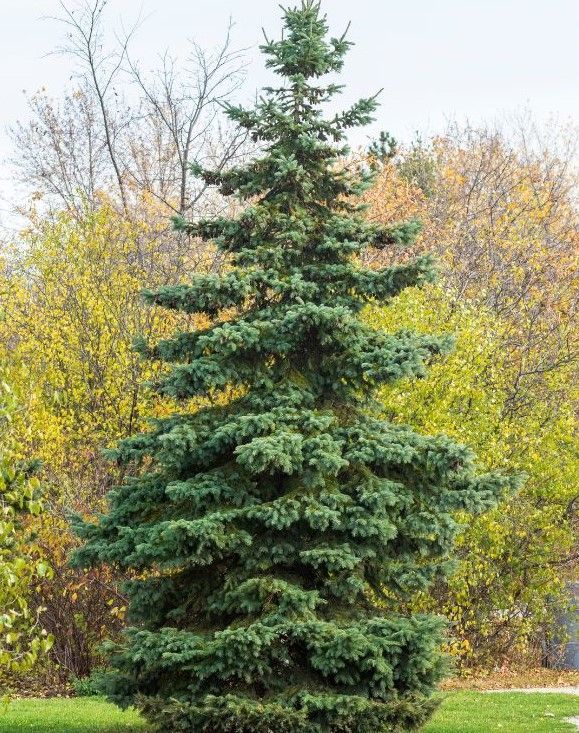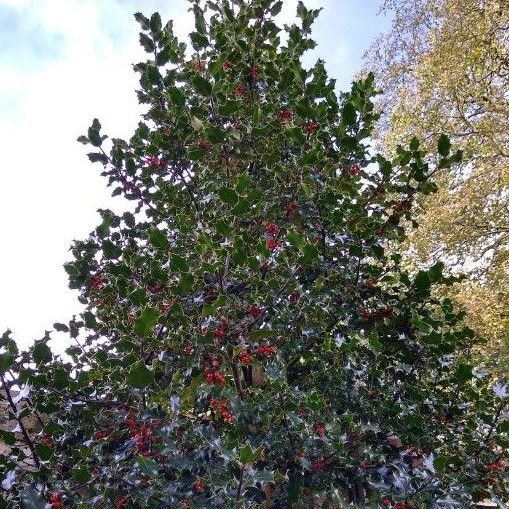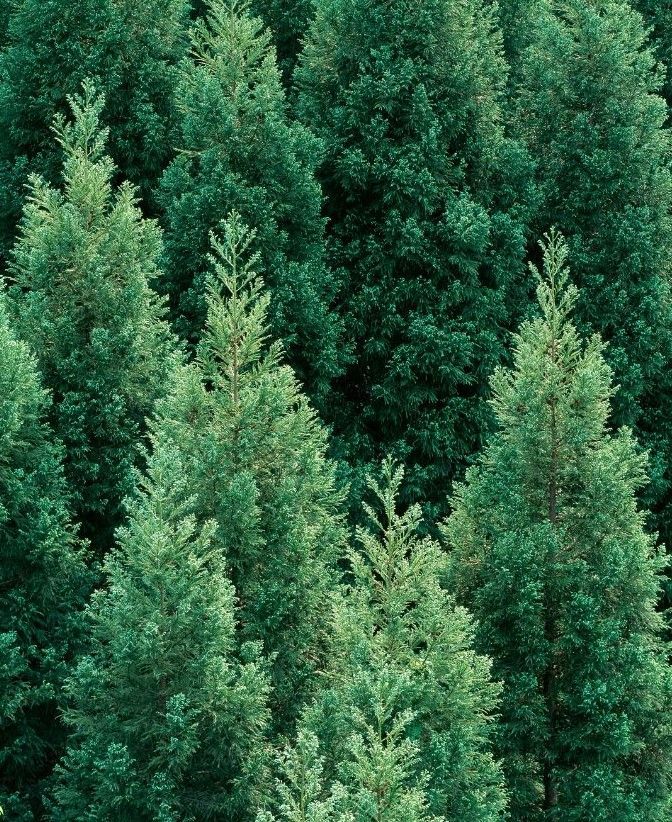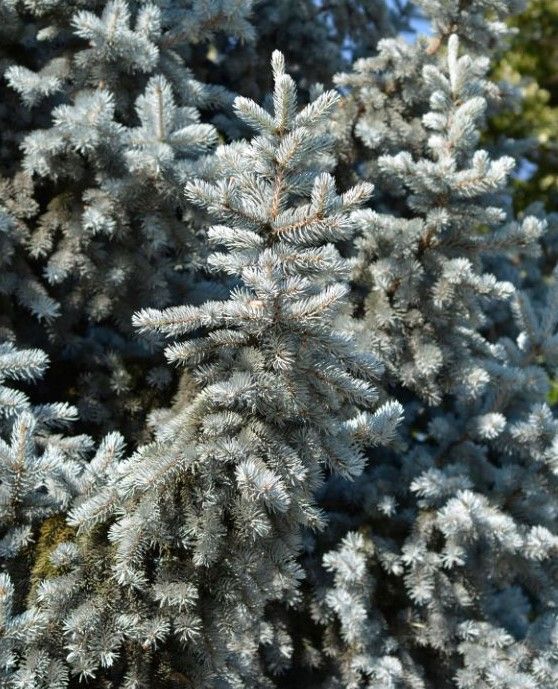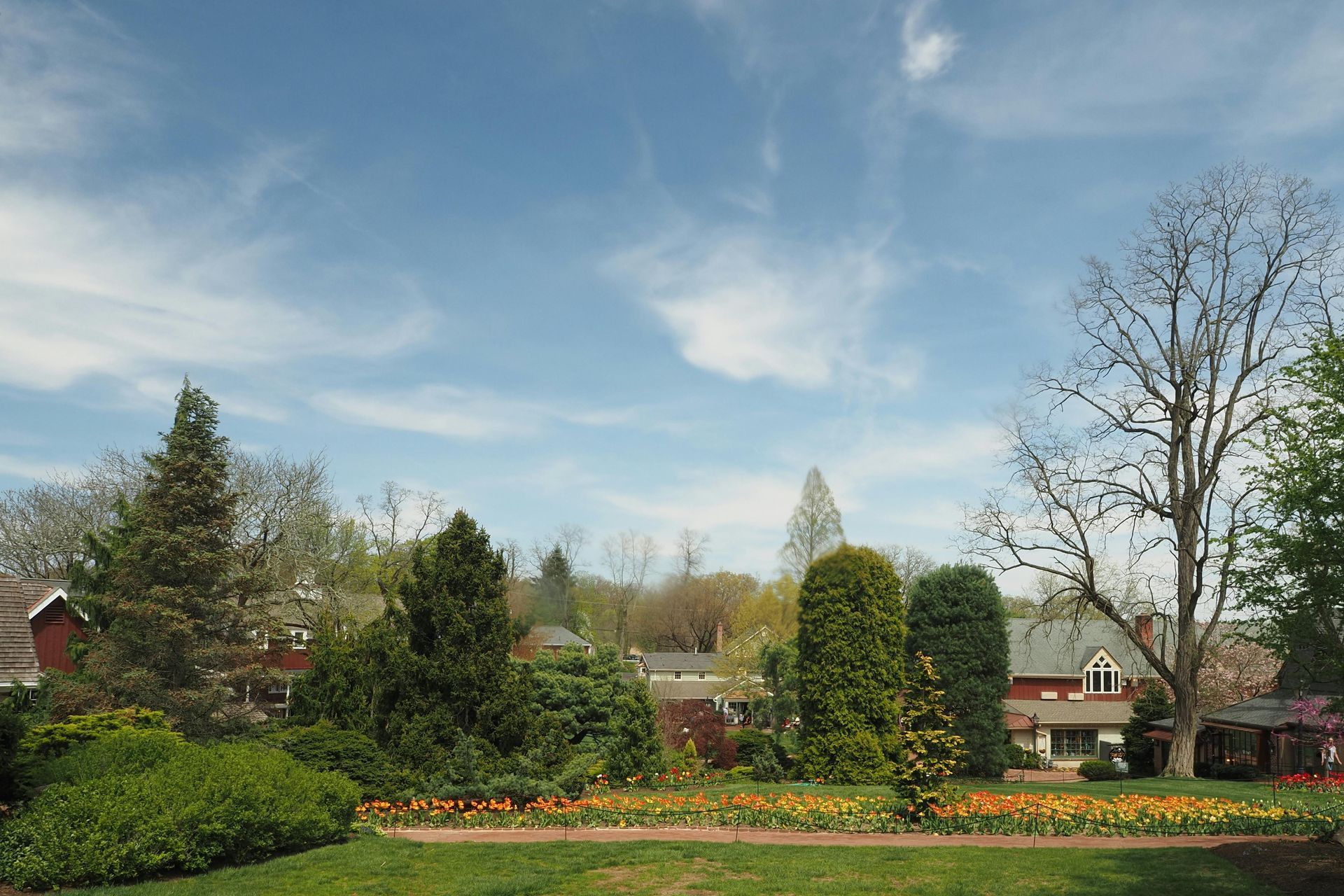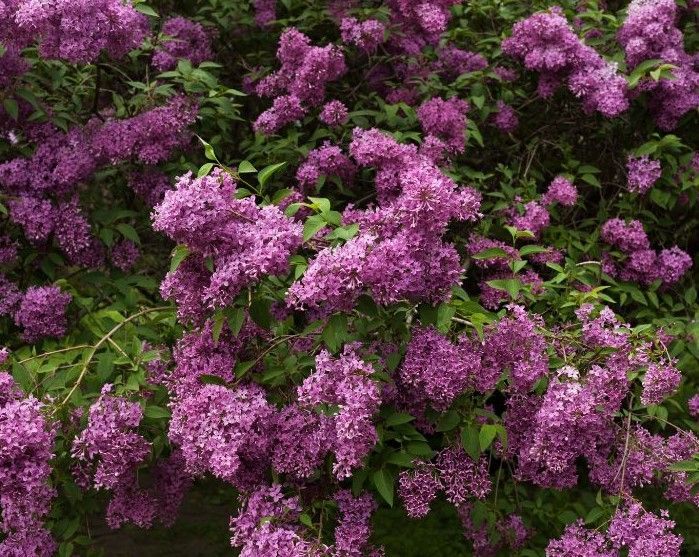Evergreens play a vital role in winter landscapes, offering ecological benefits, visual beauty, and cultural significance during a time when many other plants are dormant. These trees and shrubs maintain their foliage year-round, making them essential for the continued functionality of ecosystems even in the coldest months. Below is a detailed exploration of their various contributions to winter landscapes.
Ecological Roles of Evergreens
An ecological role, also known as a niche, refers to the specific function or position that an organism holds within its ecosystem. This includes its interactions with other organisms, its habitat, the resources it uses, and its contribution to the overall functioning of the ecosystem. The ecological role of an organism is essential for the balance and stability of its environment, and for evergreens, this includes:
Wildlife Shelter & Food Sources
Evergreens provide year-round cover for birds, mammals, and insects, protecting them from harsh winds, snow, and predators. Their cones and seeds are a reliable food supply for wildlife like squirrels, chickadees, and crossbills when other resources are scarce.
Soil & Water Conservation
The extensive root systems of evergreen trees stabilize soil and prevent erosion, especially on slopes. They also regulate water cycles by reducing runoff during winter thaws.
Carbon Sequestration
Evergreens continue to photosynthesize during milder winter days, contributing to carbon dioxide absorption and helping mitigate climate change.
Microclimate Regulation
By reducing wind speed and providing shade, evergreens create microclimates that support other plant species and maintain more stable soil temperatures.
Visual Appeal in Winter Landscapes
The visual appeal of winter landscapes impacts our mood by providing beauty and calm during the colder months. A pop of vibrant green amongst the drab winter browns does wonders during the coldest, darkest days of the year. Here are some of the visual benefits of incorporating evergreens into your landscaping plans:
Color and Texture
Their rich greens, blues, and even golden hues add depth and vibrancy to landscapes. Varieties like blue spruce (Picea pungens) and golden arborvitae (Thuja occidentalis 'Golden Globe') stand out against snow and bare branches.
Structural Interest
Evergreens create visual anchors in gardens and parks. Their upright forms, cascading branches, or spreading habits offer architectural variety.
Seasonal Contrast
Snow-covered evergreen boughs highlight the contrast between the season's whiteness and their enduring foliage. This interplay creates iconic winter scenery.
Historical and Cultural Roles of Evergreens
Evergreens are often featured in winter holidays and celebrations like Christmas, where they can represent life, hope, and endurance through harsh conditions. Evergreens have long been important in various cultural rituals as well, such as Scandinavian Yule traditions (where they are used to ward off evil spirits) and Native American ceremonies (they are seen as sacred and connected to the natural world).
Historically, evergreen boughs were used for insulation, medicine, and tools, with species like pine and spruce valued for their resin, wood, and ability to produce soothing oils. These trees also played a role in early construction, as their strong wood was used for building.
Spotlight on Specific Evergreen Species
Below are a few notable evergreen species that contribute greatly to winter landscapes:
1. Norway Spruce (Picea abies)
2. American Holly
(Ilex opaca)
3. Eastern Red Cedar
(Juniperus virginiana)
4. Colorado Blue Spruce
(Picea pungens)
How to Incorporate Evergreens into Your Landscape
Layer for Depth
Combine species of varying heights and textures to create visually appealing and functional designs. Use tall spruces or firs as a backdrop, medium-sized cedars or cypresses for mid-level structure, and low-growing junipers or creeping pines to fill in gaps. This layering technique not only enhances depth but also ensures year-round greenery and interest, particularly during the barren winter months.
Use as Windbreaks
Plant rows of dense evergreens, such as arborvitae, pines, or Norway spruces, to act as natural windbreaks. These barriers reduce heating costs by blocking cold winds and protect your property from snowdrifts. For maximum effectiveness, stagger your planting in multiple rows and select species suited to your region's climate and soil conditions.
Seasonal Accents
Add vibrancy to your winter landscape by choosing evergreens with unique features. Incorporate holly or winterberry shrubs for their bright red berries that contrast against the green foliage, or select blue spruce for its striking silvery-blue needles. Consider evergreens with variegated or golden foliage to break monotony and draw attention to focal points in your garden.
Preserve Natural Habitats
Support local wildlife and maintain ecological balance by preserving existing stands of evergreen trees. These trees provide critical shelter, nesting sites, and food for birds, squirrels, and other animals, especially during the colder months. When planting new evergreens, opt for native species to enhance habitat sustainability and encourage pollinators.
Frame Outdoor Spaces
Use evergreens to define and frame outdoor living areas, such as patios, garden paths, or entryways. Dwarf varieties like boxwoods are ideal for structured hedges, while taller trees can create natural privacy screens. This approach not only improves the aesthetic of your space but also offers practical solutions for privacy and noise reduction.
Improve Erosion Control
Plant evergreens on slopes or areas prone to erosion. Their deep root systems stabilize soil, while their year-round foliage reduces runoff and protects the ground from the impact of heavy rain or melting snow. Species like junipers and pines are particularly effective for erosion control.
Conclusion
Evergreens are indispensable in winter landscapes, offering ecological stability, year-round beauty, and deep cultural significance. Whether as shelter for wildlife, vibrant greenery in gardens, or symbols of resilience in traditions, these trees and shrubs enrich winter environments. Incorporating evergreens into landscapes ensures not only aesthetic appeal but also ecological and cultural continuity for future generations.



